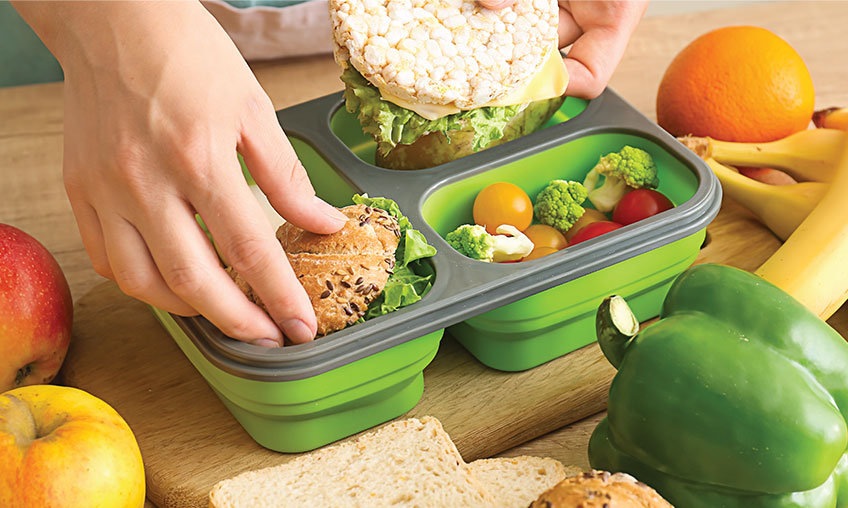
Tooth decay is one of the most common diseases among U.S. children. According to the Centers for Disease Control and Prevention, about 20% of children ages 5 to 11 have at least one untreated decayed tooth. If left untreated, tooth decay can cause pain and infections. Tooth decay can also make it difficult to eat and focus at school.
But there’s a way to keep molars clean to help prevent tooth decay. It’s called a sealant. A sealant is a thin coating that your child's dentist will apply to cover the chewing surface of the back teeth. Think of a sealant like a raincoat, but instead of protecting you from rain, it’s protecting your child’s teeth from food particles and bacteria. Sealants are quick and easy to apply.
The earlier your child gets sealants, the better. First molars appear around age 6. The second molars come in around age 12. Sealing these teeth as soon as they come through can keep them decay-free from the start.
Sealants can also be used over areas of early decay to prevent further damage to the tooth. Because some sealants are clear, your dentist can keep an eye on the tooth to make sure the sealant is doing its job.
The next time your child sees the dentist, be sure to ask about sealants. The American Dental Association says sealants can reduce the risk of tooth decay by nearly 80%!

PREVENTISTRY PULSE
The newsletter designed for anyone who wants to improve oral health for themselves, their families, customers or communities.





